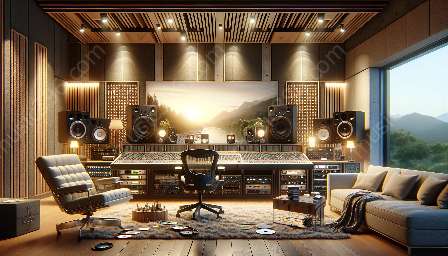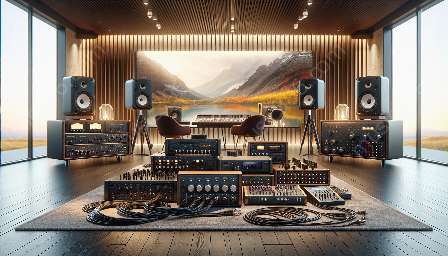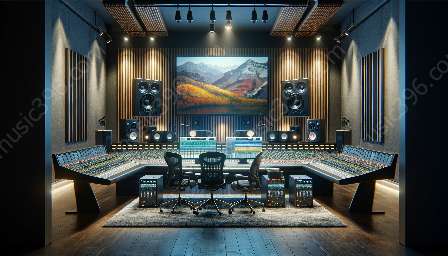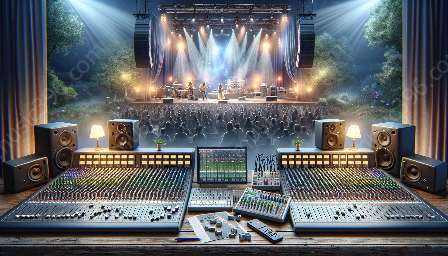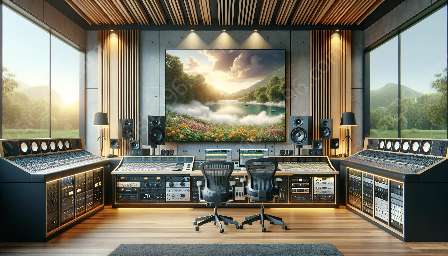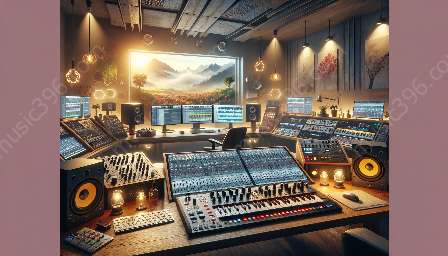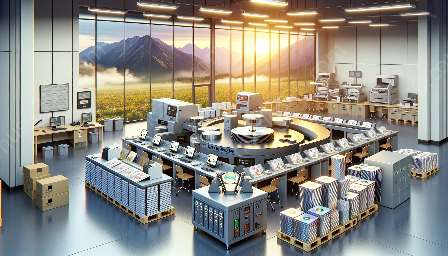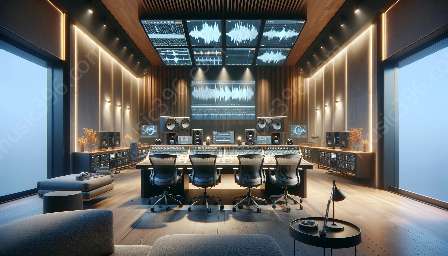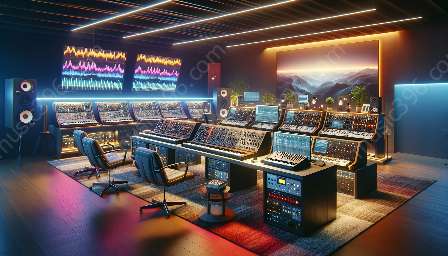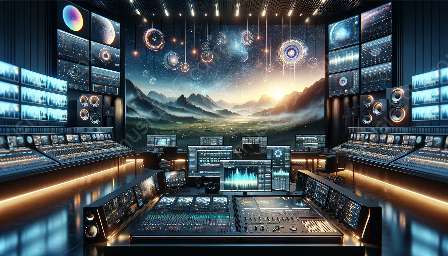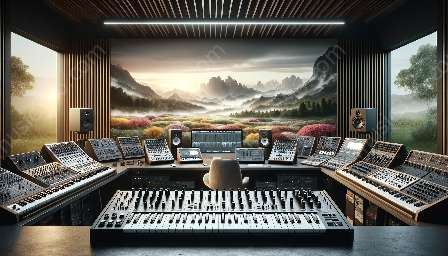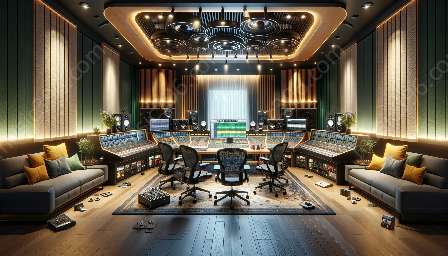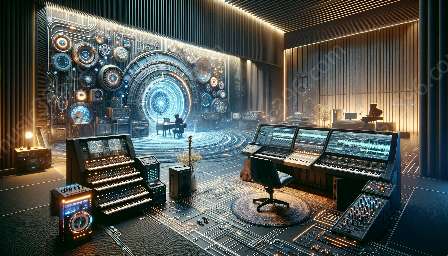Mixing for CD and live performances presents unique challenges and opportunities for audio engineers and producers. Each context requires a specialized approach to achieve the best sound quality and audience experience. In this comprehensive guide, we'll explore the differences between mixing for CD and live performances, and how it relates to live sound production and audio.
Mixing for CD
When mixing for CD, audio engineers have the advantage of working in a controlled studio environment where they can meticulously craft the sound to achieve a polished and flawless recording. The primary goal of mixing for CD is to produce a sound that translates well across various playback systems, from high-end speakers to headphones.
One of the key considerations in mixing for CD is the use of effects and processing to enhance the overall sonic quality. Engineers have the freedom to experiment with a wide range of effects such as reverb, delay, compression, and equalization to create a cohesive and impactful sound that resonates with the listener.
Another important aspect of mixing for CD is the use of advanced mastering techniques to ensure that the final audio is optimized for commercial release. This involves fine-tuning the overall EQ balance, maximizing the loudness, and preparing the tracks for distribution across different platforms.
Live Performances
On the other hand, mixing for live performances requires a different set of skills and techniques due to the dynamic and unpredictable nature of live sound production. In a live setting, audio engineers must contend with various factors such as acoustics of the venue, stage monitoring, and the interaction between performers and the audience.
One of the primary challenges in mixing for live performances is achieving clarity and balance in the sound despite the uncontrollable variables. Engineers must be adept at adjusting the levels, EQ, and spatial positioning in real-time to accommodate changes in the performance and audience response.
Furthermore, live sound production often involves managing feedback, minimizing bleed between microphones, and ensuring that the sound reaches every corner of the venue with consistency and accuracy. This requires a deep understanding of sound reinforcement systems and the ability to troubleshoot issues on the fly.
Commonalities and Differences
While mixing for CD and live performances may seem worlds apart, there are commonalities that bridge the two contexts. Both require a keen ear for detail, an understanding of audio processing tools, and the ability to communicate with artists and performers to bring their vision to life.
However, the key differences lie in the approach and emphasis on different aspects of the sound. Mixing for CD emphasizes precision, control, and post-production finesse, while live sound production prioritizes adaptability, real-time decision-making, and the ability to work under pressure.
Integration with Live Sound Production
Understanding the differences between mixing for CD and live performances is crucial for professionals working in live sound production. By appreciating the nuances of both contexts, audio engineers and technicians can develop a more comprehensive skill set that allows them to excel in various environments.
In live sound production, the knowledge of mixing for CD can inform decisions about signal processing, console routing, and system optimization. For example, understanding the principles of mastering can help engineers fine-tune the overall sound reinforcement system to deliver a more cohesive and impactful listening experience for the audience.
Conversely, the real-time problem-solving and adaptability required in live sound production can enhance an engineer's ability to make critical decisions during mixing for CD. The experience gained from managing live performances can translate into a more intuitive and resourceful approach to studio mixing challenges.
Conclusion
In conclusion, mixing for CD and live performances are two distinct yet interconnected aspects of audio production. Both present unique challenges and opportunities that shape the way audio engineers and producers work. By understanding the nuances of each context and their integration with live sound production, professionals can elevate their skills and deliver exceptional sound experiences whether in the studio or live on stage.


